How to identify and control common farm grassweeds
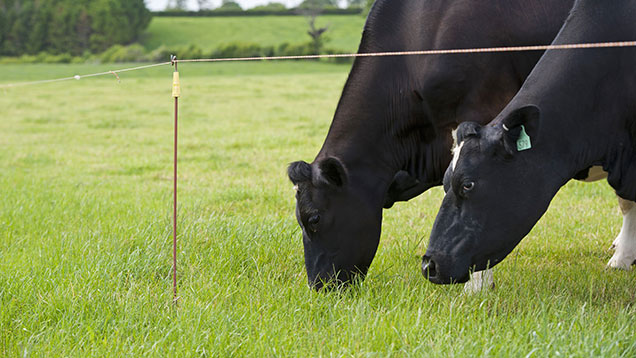 © FLPA / Wayne Hutchinson/REX
© FLPA / Wayne Hutchinson/REX Grassland weeds can be an expensive burden on livestock farmers, resulting in lost productivity and forage quality.
But the weedkillers available to treat them also carry a cost – they can be expensive to buy and use and a single drop can threaten an entire reservoir of drinking water.
Here’s a how to guide to help you identify and control common grassland weeds.
See also: Guide to spotting grassweeds and assessing pasture for reseed
Docks
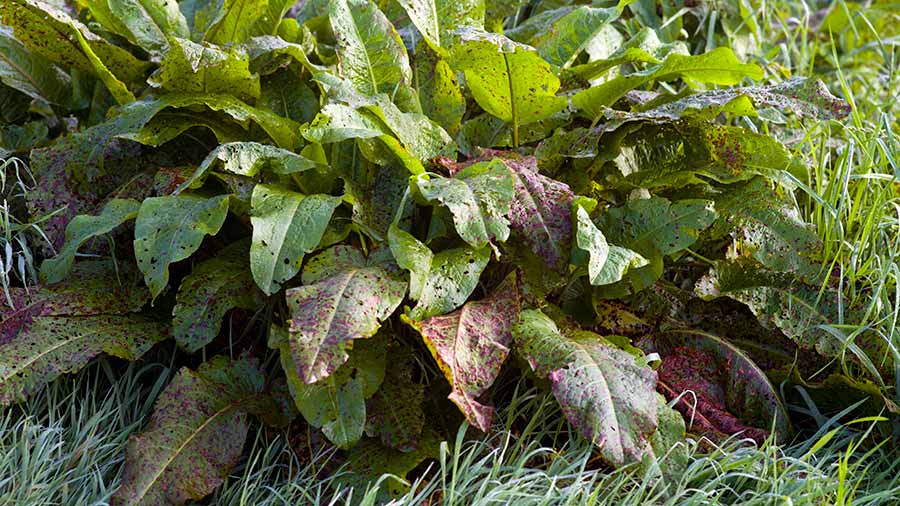
Broad-leaved dock © Science Photo Library/Keith Wheeler
What are they?
A biennial weed which flowers in its second year. One plant can produce up to 60,000 seeds, which can remain viable for up to 80 years.
Why control them?
Docks thrive in fertile pasture, but only provide 65% of the feed value of grass. Both curled and broad-leaved docks are classed as injurious weeds, so legally have to be controlled.
Did you know?
The optimum timing for controlling biennial weeds, such as docks, thistles and ragwort, is when they are at the rosette stage. This occurs when leaves are lush during the early autumn of their first year or late spring/early summer in their second year (before flowering).
Risk factors
Open swards, often affected by poaching, overgrazing or winter kill. Weeds grow rapidly after nitrogen fertiliser applications.
Treatment options
Topping is effective providing dock populations are relatively low (less than 10%). Close topping (down to 5cm) promotes a dense grass sward and good control of weeds through enhanced competition.
Other facts
When using translocated herbicides do not cut grassland for at least 21 days to allow the treatment to work down to the roots.
Prevention
Organic methods to give desired grasses a competitive edge include treating soil compaction, correcting pH, and regular topping or hard grazing with less selective animals such as pigs and goats.
See also: Learn from the organic sector when it comes to weed control
Thistles
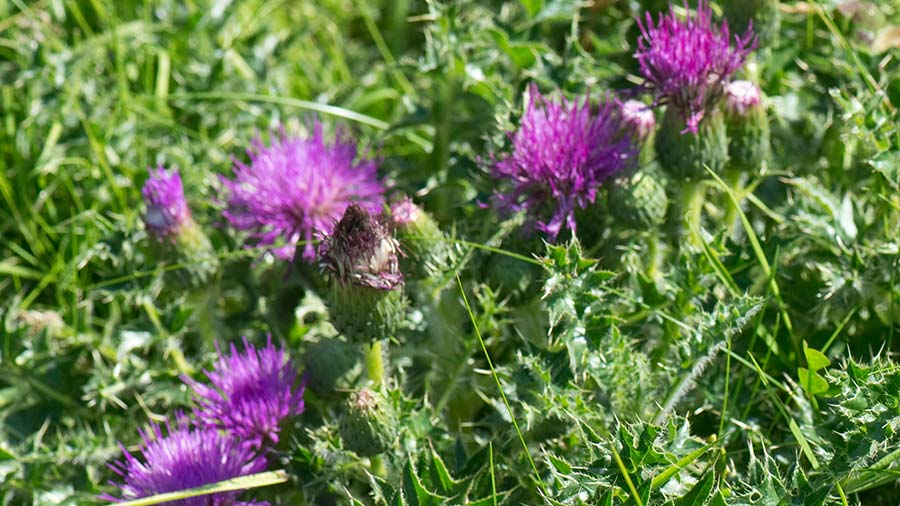
Dwarf thistle in flower © Science Photo Library/Nigel Cattlin
What are they?
Creeping thistle is a perennial growing from seed or portions of root, which can stay dormant underground for years. Spear thistle is biennial, growing from seed and often unnoticed in its first year, due to a small rosette. However, in the second year it can spread vigorously.
Why control them?
Both are classified as injurious weeds and compete strongly with grass. Thistles can also spread diseases such as orf in sheep.
Risk factors
Overgrazing, open swards or poor soil nutrition status can encourage growth.
Treatment options
Even a low infestation of just 1% will justify treatment. Where thistles are at different growth stages, topping is a useful first step. They can then be sprayed off 2-3 weeks later.
Other facts
Topping and treatment later in the season will ensure herbicides have a lasting effect. Treatment two weeks after nitrogen application can improve herbicide uptake.
How do you prevent?
Cutting can manage thistles, but it needs to be regular and may take years. As thistles stand proud above the sward a weed-wiper may be employed.
Ragwort
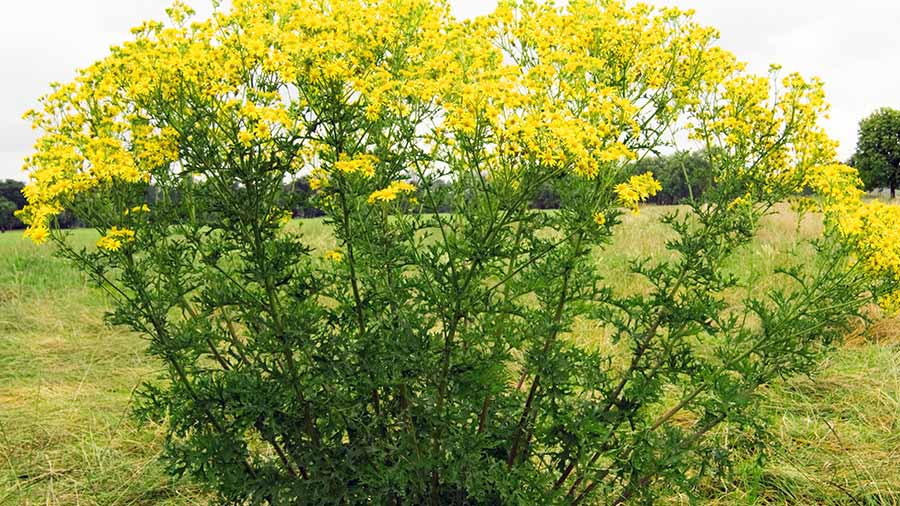
Ragwort © Science Photo Library/Georgette Douwma
What is it?
A perennial plant dispersed by seed and spreading root systems.
Why control it?
Ragwort is an injurious weed that is poisonous to livestock – even when it is wilted or dried.
Risk factors
Overgrazed or damaged swards.
Treatment options
Cutting is not effective and will increase the persistency of ragwort. Small infestations can be managed by hand-pulling, removing the root stock as well as the plant above ground.
Other facts
Once sprayed, ragwort is more palatable to grazing animals. Do not graze until treated ragwort has died off completely and been removed from the field. Heavy infestations on organic systems may have to be reseeded.
Nettles
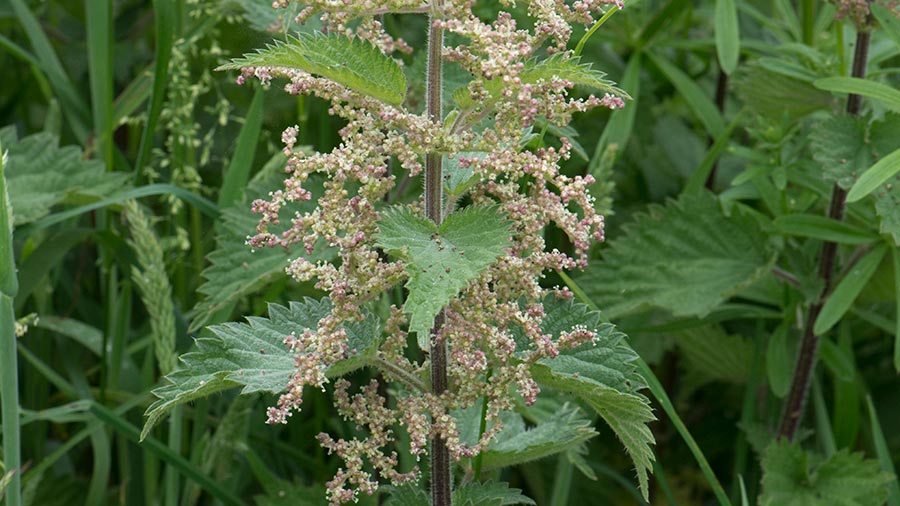
Flowering stinging nettle © Science Photo Library/Nigel Cattlin
What are they?
A perennial weed that can grow from seed or root portion.
Why control them?
Nettles are injurious weeds, which make pasture unpalatable and reduce the grazing area.
Risk factors
Bare soil areas, including gateways, poached areas, under hedges, and open swards. Nettles thrive in fertile soils.
Treatment options
Top two or three times a year. Nettles are best controlled when young and actively growing at 15-25cm high.
How do you prevent?
Once established, nettles are rarely controlled by one treatment. Be prepared to treat regularly.
Rushes
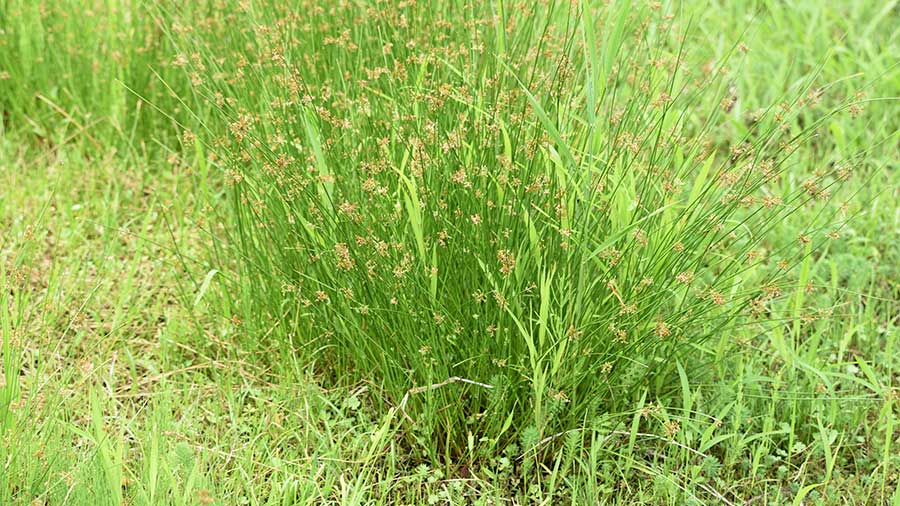
Soft rush © AdobeStock
What are they?
Common on wet pasture and very persistent once established. Soft rush is the most widespread, distinguished from others by its clumpy growth.
Why control them?
Rushes quickly colonise extensive areas of pasture and reduce productivity.
Risk factors
Damp, compacted and acidic soils, especially with undergrazed swards.
Treatment options
Control is best achieved through a combination of cutting and weed-wiping. Cut at four-to-eight week intervals and weed wipe with glyphosate in late summer. Treating regrowth with herbicides may offer additional control.
Other facts
Other rush species tend only to be found on marginal land, and many, such as the jointed rush, have significant environmental value.
How do you prevent?
Check drainage and soil pH and consider remedial action if rushes appear in pasture.
Chickweed
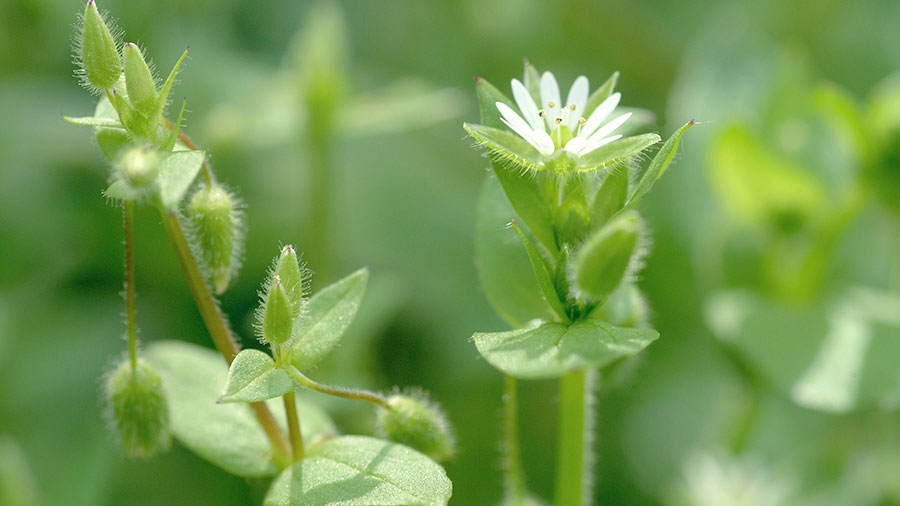
Common chickweed © Science Photo Library/Bildagentur Online
What is it?
The most common annual grassland weed. Rapid, prostrate growth means it competes aggressively with grass.
Why control it?
Chickweed has a high water content, which can cause problems in silage crops. Large intakes by youngstock may cause digestive problems. Can reduce grass yields by up to 25%, particularly when establishing new leys.
Risk factors
Poorly established reseeds, particularly in autumn. In established pasture, it can quickly colonise bare areas.
Treatment options
Herbicides or reseeds.
Other facts
Unless the infestation is very bad grass may well outcompete it once better established.
How do you prevent?
Avoid overgrazing. Focus on good and rapid establishment of new swards. Use heavy roller to ensure good seed-soil contact when sowing.
Weed grasses
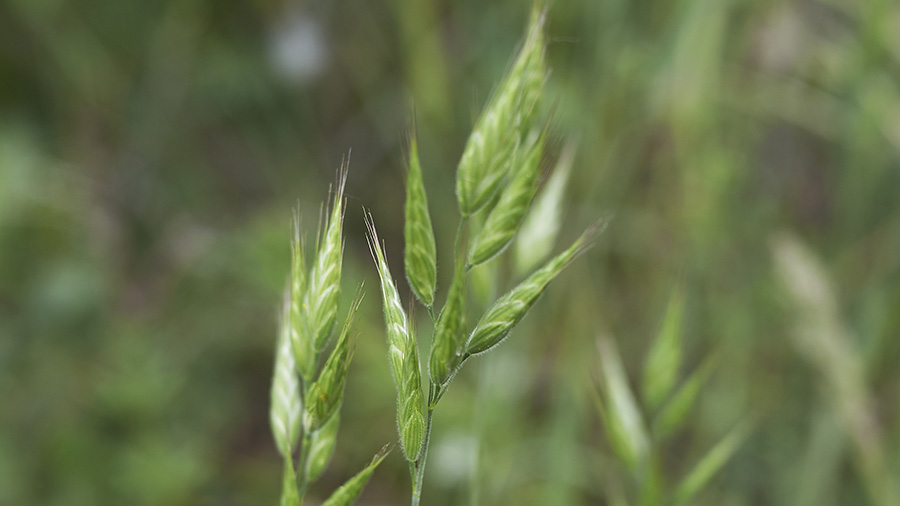
Soft brome © AdobeStock
What are they?
Non-sown, less productive and less palatable grasses that enter into the sward, reducing the value of grassland significantly.
Why control them?
Opportunistic weed grasses such as annual meadow grass can readily colonise bare spaces in establishing and old leys. Other weed grasses include the bent grasses and soft brome (particular to late cut hay crops).
How do you prevent?
Manage productive grasses well, keeping them vigorous. Treat soil compaction, maintain good cover through grazing, patch seeding or reseed when needed, prevent the accumulation of dead material or harrow to remove it, and maintain a healthy soil nutrient status.
Dry matter production |
|
| Species | DM production* |
| Perennial ryegrass | 100 |
| Rough-stalked meadow grass | 71 |
| Bent grass | 73 |
| Yorkshire Fog | 82 |
| * As a percentage of perennial ryegrass production | |
Buttercups
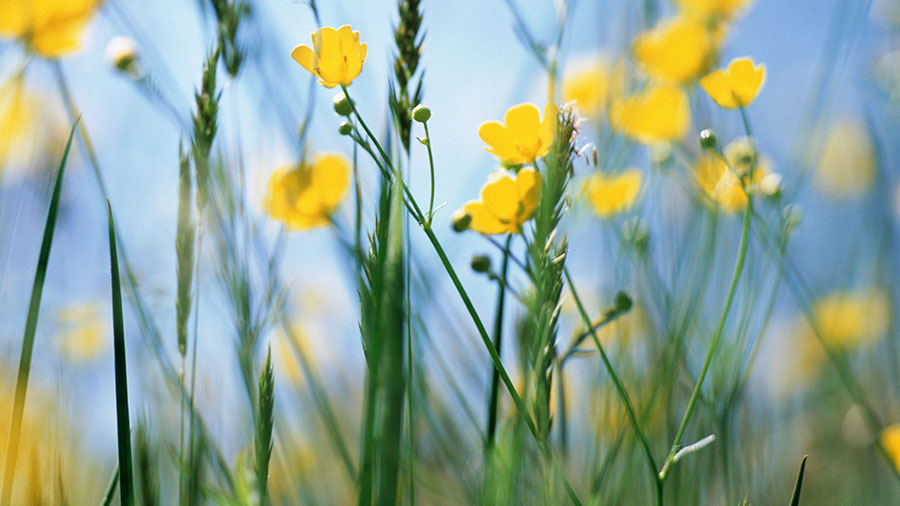
Meadow buttercups
What is it?
Common in new or worn-out pastures.
Why control it?
Buttercup is mildly toxic and stock will not graze it, hence productivity of pasture is reduced.
Risk factors
Overgrazed land, especially where drainage and fertility is poor.
Treatment options
Herbicides.
How do you prevent?
Avoid overgrazing. Rectify field drainage and nutrient status.
